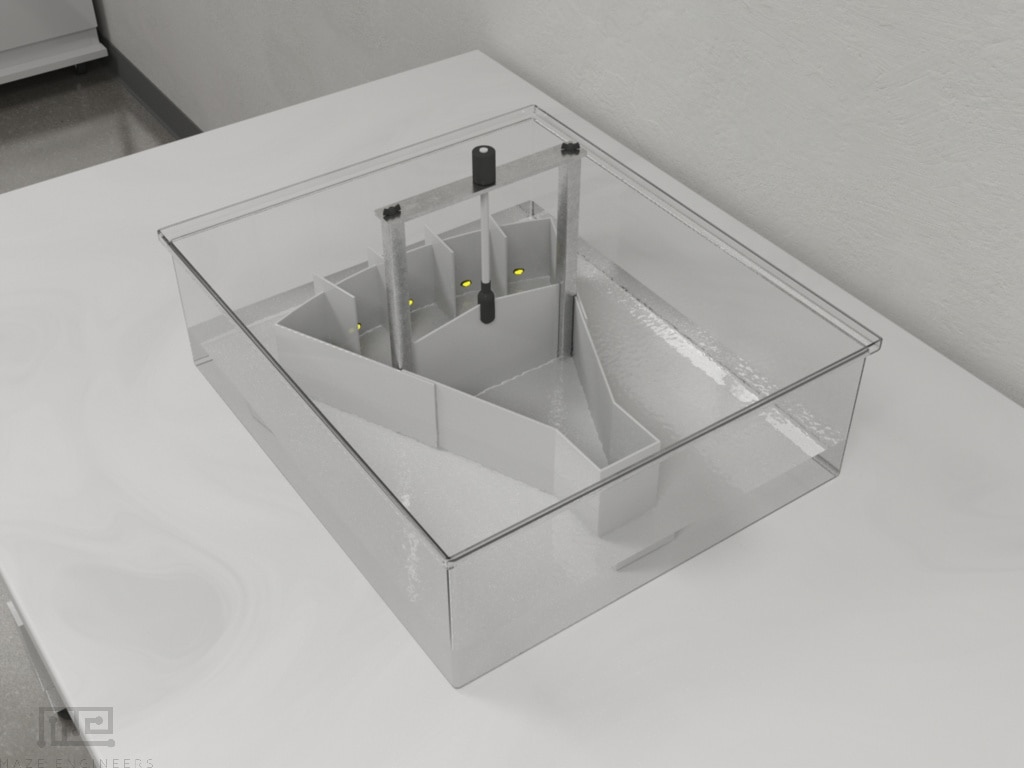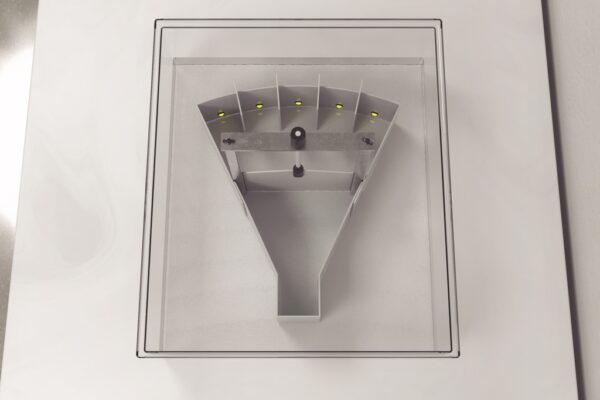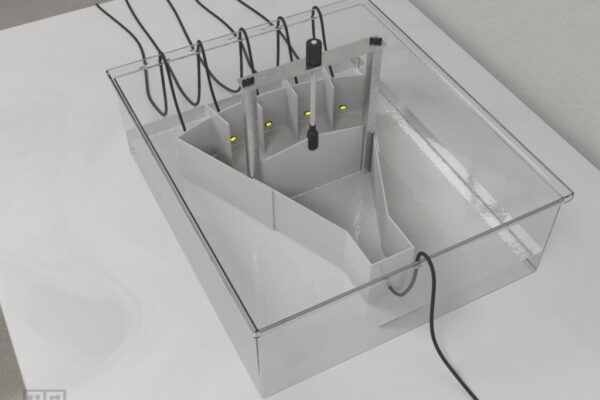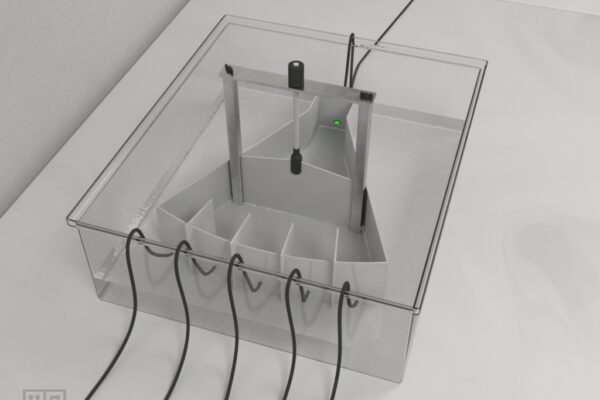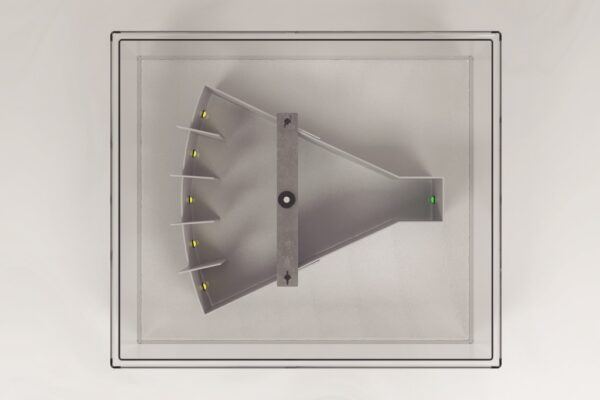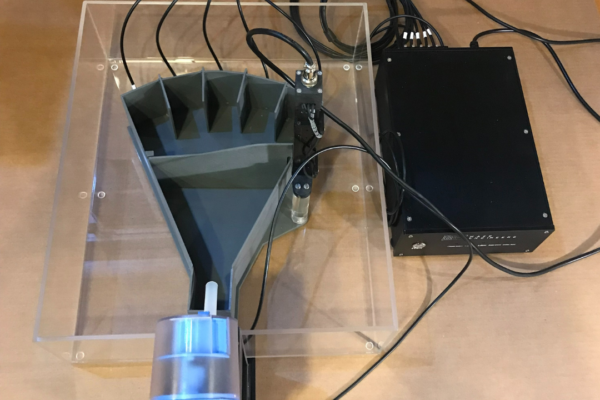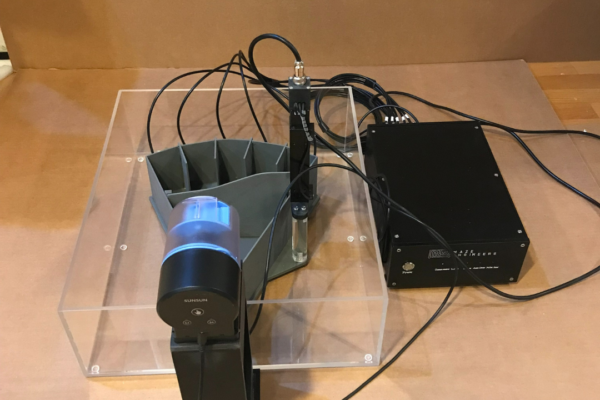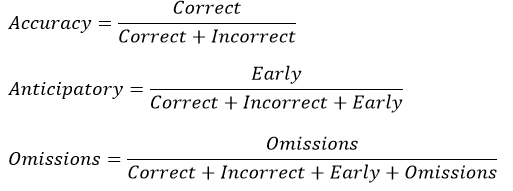Description
The MazeEngineers Zebrafish choice chamber allows for experiments similar to the commonly used five-choice serial reaction time task (5-CSRTT). During testing, lights are illuminated and the gate is raised. A food delivery apparatus delivers rewards at a fixed time schedule. The proper light is illuminated in the interval or until the correct entry is chosen. The number of trials, accuracy, omissions, and latency are usually recorded. The MazeEngineers choice chamber includes an automated gate, lights on the proximal and distal ends, and control of lights and gate using Conductor Software.

